Viet-Hoa Nguyen
Fusion of Time and Angle Measurements for Digital-Twin-Aided Probabilistic 3D Positioning
Oct 20, 2024
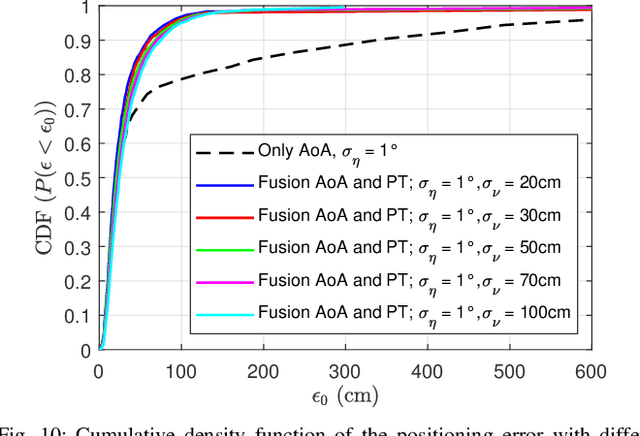
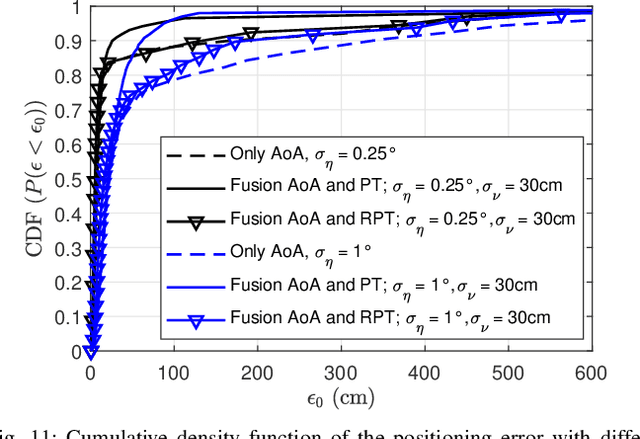
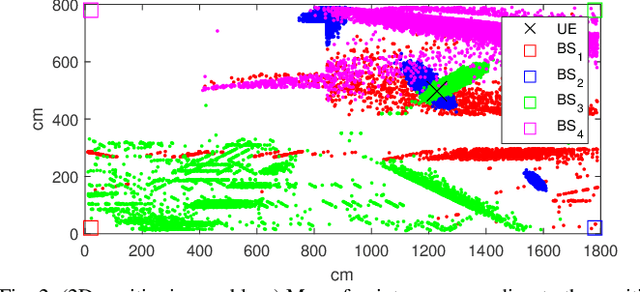
Abstract:Previous studies explained how the 2D positioning problem in indoor non line-of-sight environments can be addressed using ray tracing with noisy angle of arrival (AoA) measurements. In this work, we generalize these results on two aspects. First, we outline how to adapt the proposed methods to address the 3D positioning problem. Second, we introduce efficient algorithms for data fusion, where propagation-time or relative propagation-time measurements (obtained via e.g., the time difference of arrival) are used in addition to AoA measurements. Simulation results are provided to illustrate the advantages of the approach.
Probabilistic positioning via ray tracing with noisy angle of arrival measurements
Mar 01, 2024Abstract:This paper investigates the problems of interference prediction and sensing for efficient spectrum access and link adaptation. The considered approach for interference prediction relies on a parametric model. However, we assume that the number of observations available to learn theses parameters is limited. This implies that they should be treated as random variables rather than fixed values. We show how this can impact the spectrum access and link adaptation strategies. We also introduce the notion of "interferer-coherence time" to establish the number of independent interferer state realizations experienced by a codeword. We explain how it can be computed taking into account the model uncertainty and how this impacts the link adaptation.
Probabilistic Ray-Tracing Aided Positioning at mmWave frequencies
Aug 16, 2023
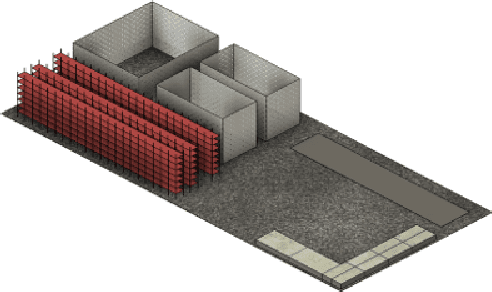
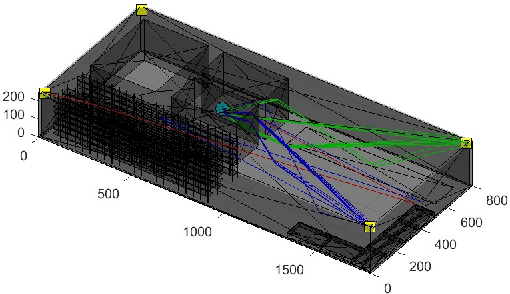
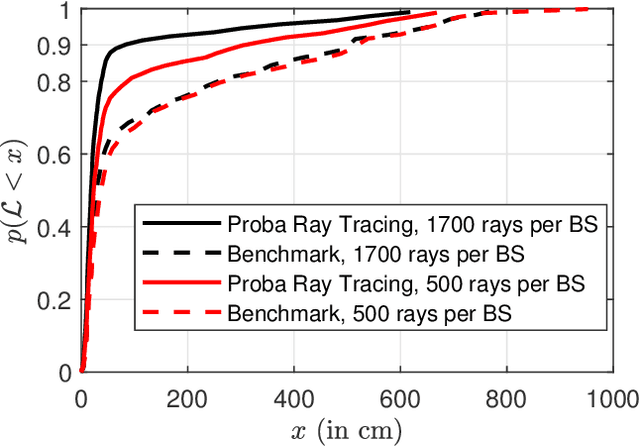
Abstract:We consider the following positioning problem where several base stations (BS) try to locate a user equipment (UE): The UE sends a positioning signal to several BS. Each BS performs Angle of Arrival (AoA) measurements on the received signal. These AoA measurements as well as a 3D model of the environment are then used to locate the UE. We propose a method to exploit not only the geometrical characteristics of the environment by a ray-tracing simulation, but also the statistical characteristics of the measurements to enhance the positioning accuracy.
 Add to Chrome
Add to Chrome Add to Firefox
Add to Firefox Add to Edge
Add to Edge